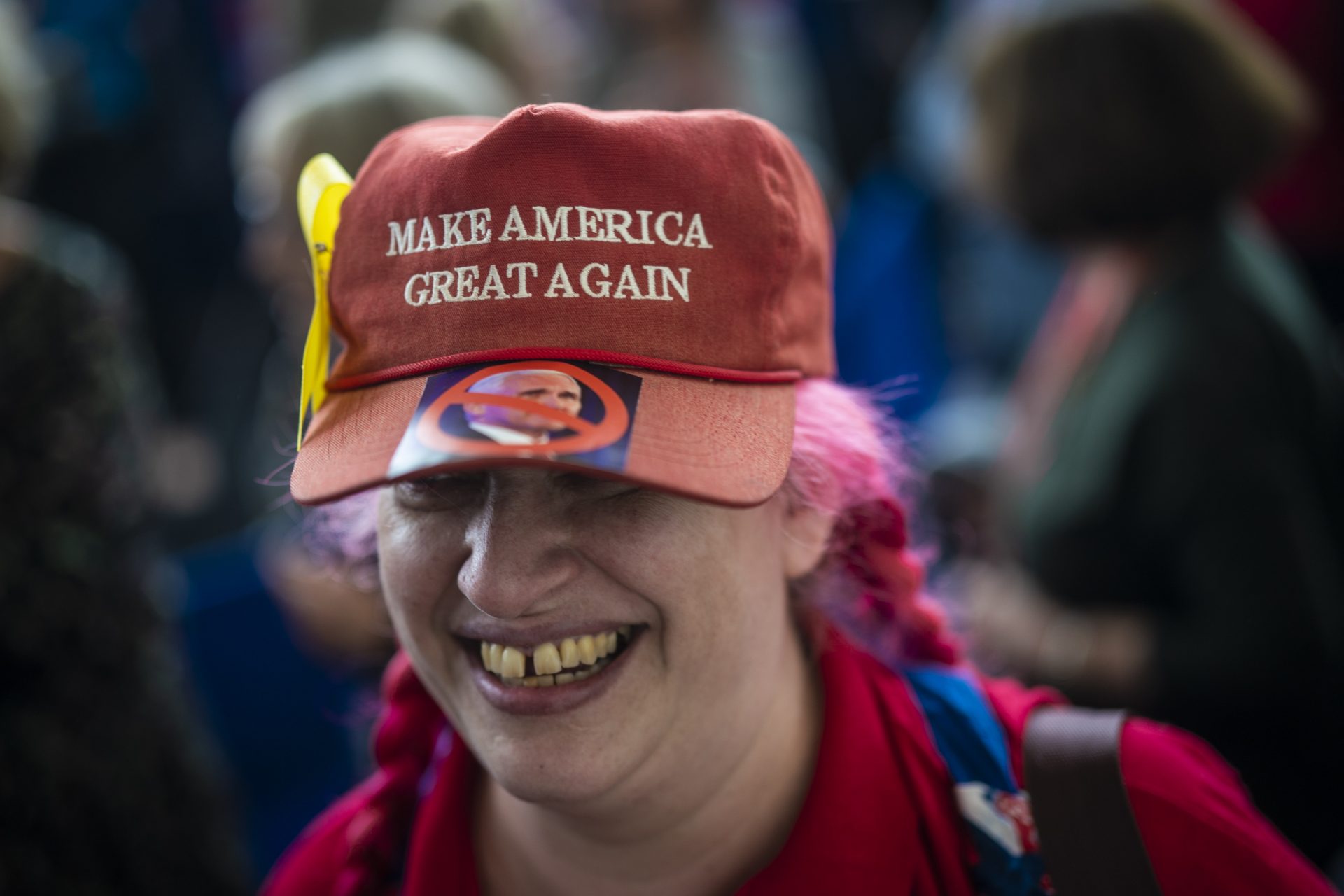These American St. Patrick's Day traditions aren't very Irish
On March 17, everyone is a little bit Irish, and in the United States, the St. Patrick's Day celebrations can be pretty spectacular.
However, some of the St. Patrick's Day traditions in the US have little to nothing to do with Ireland or the Irish culture.
The first Irish settlers to America brought along the Irish traditions of celebrating the feast of St. Patrick with them. Many English-speaking countries now have St. Patrick's Day parades, a traditional that was started in New York City.
The first recorded St. Patrick's Day parade was held in 1762 in New York City. As the number of Irish immigrants increased, it soon became a beloved widespread tradition in the United States. Pictured: A St. Patrick's parade in NYC in 1895.
Many American college students hit the bar on St. Patrick's Day eve to enjoy green beer, yet another American St Patrick's Day invention!
This regular lager that has been dyed green is usually sold at a special price at bars throughout North America on St. Patrick's Day.
While Americans love to deck themselves out in green from head to toe, the Irish are a bit more subtle.
In Ireland, children often wear pins with a shamrock and a harp glued on, and adults might purchase a shamrock bunch from the grocery store and pin it to their shirts for the day. Wearing green clothes on St. Patrick's Day is not an Irish tradition.
It seems pretty obvious that this green, mint-flavored drink is an American invention.
Image: McDonald's
In the 1970s in the US, McDonald's came up with a way to capitalize on St. Patrick's day, and the limited-time-only menu item quickly became a cult hit.
Photo by Todd Van Hoosear, wikicommons
'When Irish Eyes Are Smiling' is a beloved tune sung by many an inebriated American on St. Patrick's Day. Many believe it is a traditional Irish folk song.
However, it is, in fact, an American song! It was written and composed by three American New Yorkers.
In almost every Irish restaurant in the United States, you can find corned beef and cabbage on the menu for St. Patrick's Day. However, many Irish say that this meal is not very Irish at all!
In years past, beef was not easy to come by in Ireland and was considered a luxury, thus why the traditional Irish meal generally used ham or bacon. However, when the Irish immigrated to America, corned beef was readily available and cheap and became a mainstay in the diets of many Irish-Americans.
Dyeing the Chicago River green on St. Patrick's Day is a tradition that has been in place for sixty years since 1962 when Mayor Richard J. Daley suggested the city turn Lake Michigan green to celebrate.
Per the Chicago Tribune, the manager of the Chicago Plumbers Union found they could dye the river with a solution used for identifying pollution, which also made the water green.
Even though the cereal has a leprechaun as its mascot, there is nothing Irish about Lucky Charms cereal.
A favorite for many Americans on St. Patrick's Day (or any morning, really), this cereal is a 100% American invention and not even available in Ireland.
More for you
Top Stories































